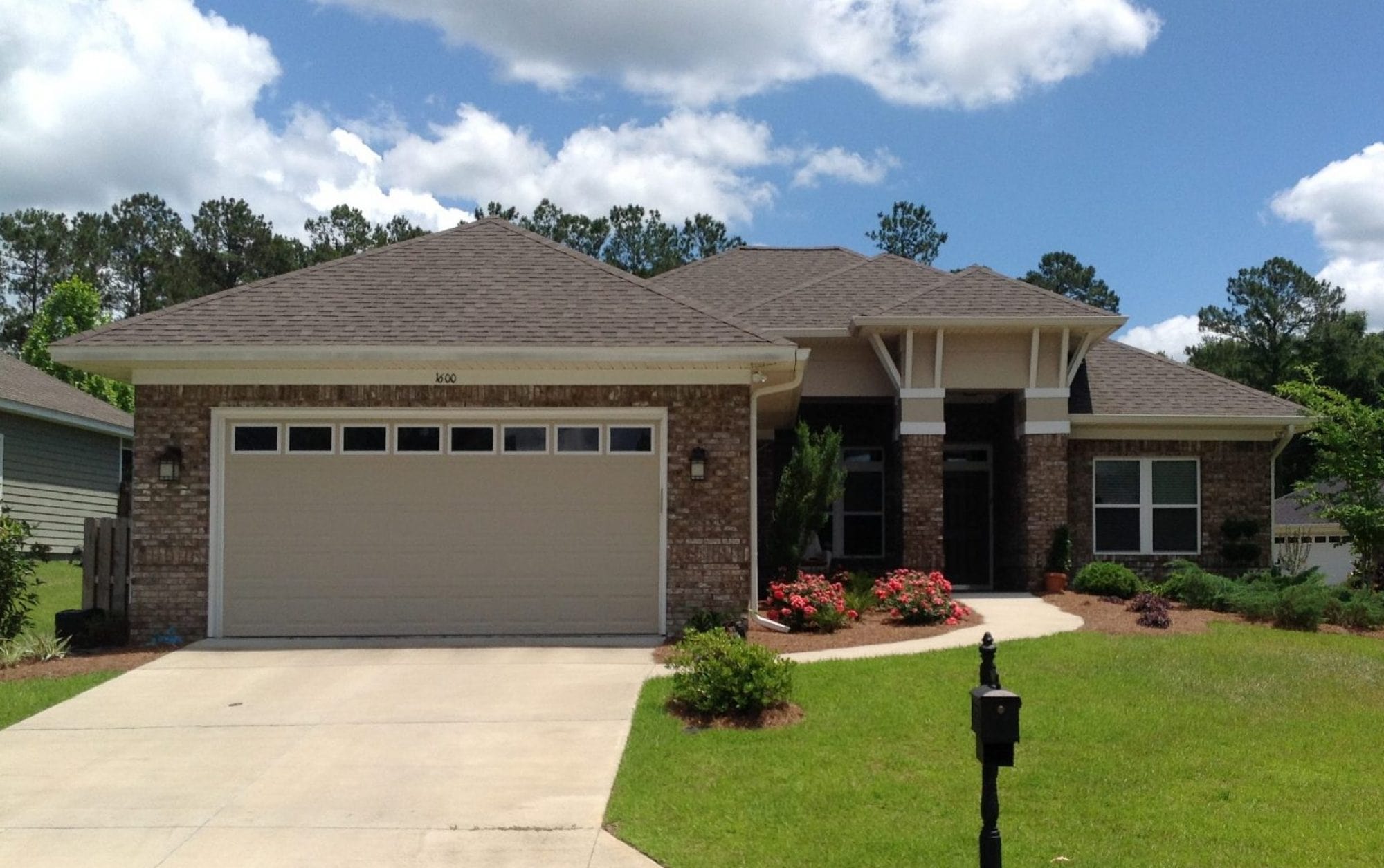
The complete guide to choosing between new and lived-in homes
Maybe your dream home is older, with intricate details like wainscoting, crown molding, and a front porch with a swing. Or maybe it’s modern, with an open floor living room plan, connected, “smart” appliances, and minimalist design. Whether you decide to buy new construction or an existing home will depend on which factors are most important for your lifestyle.
What you need to do to make a smart new home purchase
Before you put in your offer, do some research on the builder. Do they have a good reputation? Have their other construction projects finished on time? Because there are so many construction tasks that are dependent on the completion of prior tasks, schedules tend to slip, so you may need to be flexible with your move-in date.
Another consideration is that brand new communities usually attract similar types of buyers—urban professionals, couples, or young families, for example. These will be your neighbors, so you’ll want to make sure that you want to be part of this type of homogeneous community. |
|
|
Get more variety with an existing home
There are many more resale homes available than there are new homes — according to the National Association of Homebuilders, about 10 times as many. Since the market for resales can be more competitive, there may be room for price negotiation. Another benefit is that, since there are so many existing homes, you will find more variety in home styles. Within one neighborhood, there could be a mix of different styles like Victorian, modern Tudor cottages, tract style, ranch or split-ranch, or contemporary homes. More variety means you will have more flexibility to choose a home that fits your unique aesthetic.
Existing homes are in established neighborhoods, which may have more amenities like restaurants, cafes, and boutiques within walking distance. They also may have more greenery and features such as parks, running paths, or playgrounds for the kids to enjoy.
Finally, because existing homes have already been inspected at least once, you’ll know about any potential structural problems or repairs that have been made on the home. You’re less likely to end up with a property that has hidden issues like a rotting roof or crumbling foundation. |
|
|
What you need to do to make a good resale purchase
Protect your purchase by first having the home inspected. If the inspector finds problems like foundation cracks or leaky roofs, you may be able to counter offer and get the seller to either fix it or reduce the selling price.
Even if there are no major issues, you should still try to expect the unexpected. Older homes will eventually need replacement appliances, a new air conditioning unit, or plumbing repairs, for example.
With an older home, you may want to eventually remodel parts of it. Will you be happy living in your house while you’re doing major work on the living room or the kitchen? If you know that it would disrupt your lifestyle too much, you may want to reconsider whether you really want to buy an older property. |
|
|


